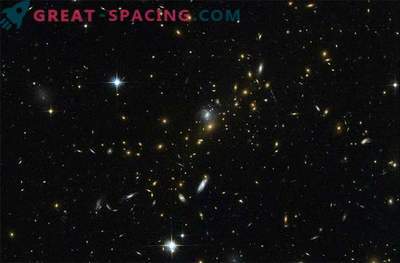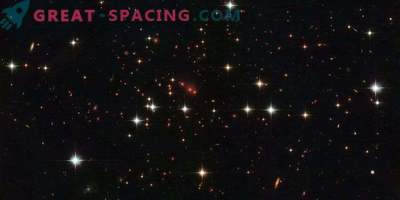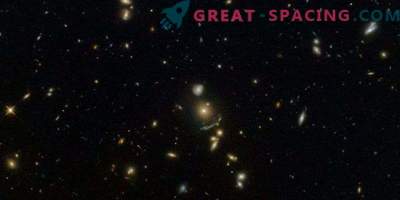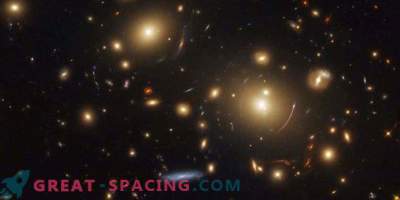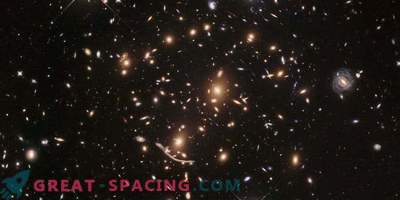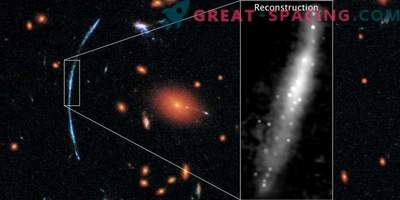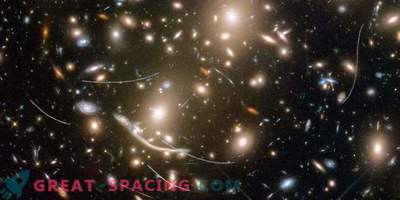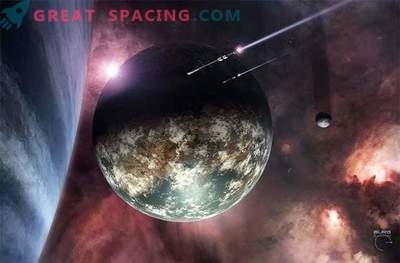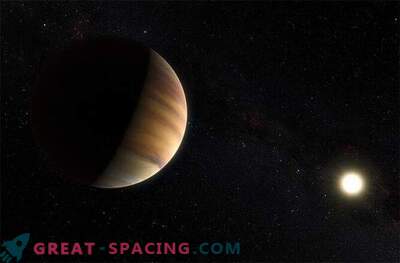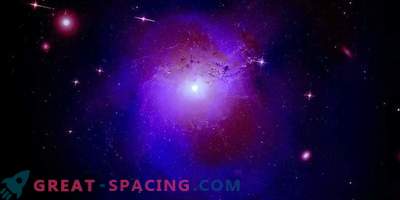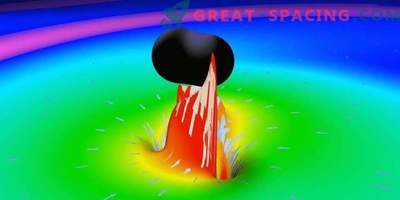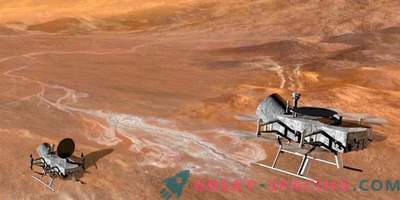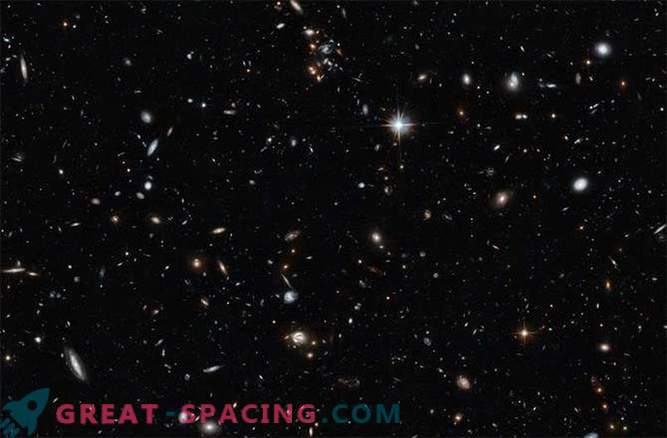
What is kern, many people know. This is a sample of soil, rock or ice, which is obtained by drilling the studied massif. But the space Hubble telescope was able to take a “core” from the depths of the universe: he photographed a limited portion of distant space in visible and infrared light with an exposure of 14 hours, presenting a cluster of nearby and distant galaxies in the picture.
Most of the galaxies in this cluster are at a distance of 5 billion light years from Earth. But some of them are closer, while others are farther away, and although in the photo they all look like neighbors, in fact they are separated by hundreds of millions and even billions of years of the journey of light and the evolution of space formations.
Some of the strangely shaped galaxies concentrated mainly in the center of the image are actually obtained as a result of the curvature of light rays from very distant star clusters as photons move in the direction of the observer. This effect, called gravitational lensing, not only distorts the images of objects, but can also enhance the light, helping astronomers further penetrate the Universe. In fact, there are many scientific papers on the use of the method of gravitational lensing, seeking to improve the “vision” of Hubble and help this 25-year-old telescope to further push the boundaries of the monitored universe.
The amazing photo above is one of the many little-known photos to the general public that Adam Kill submitted in 2012 to the Hubble Hidden Treasures contest.
